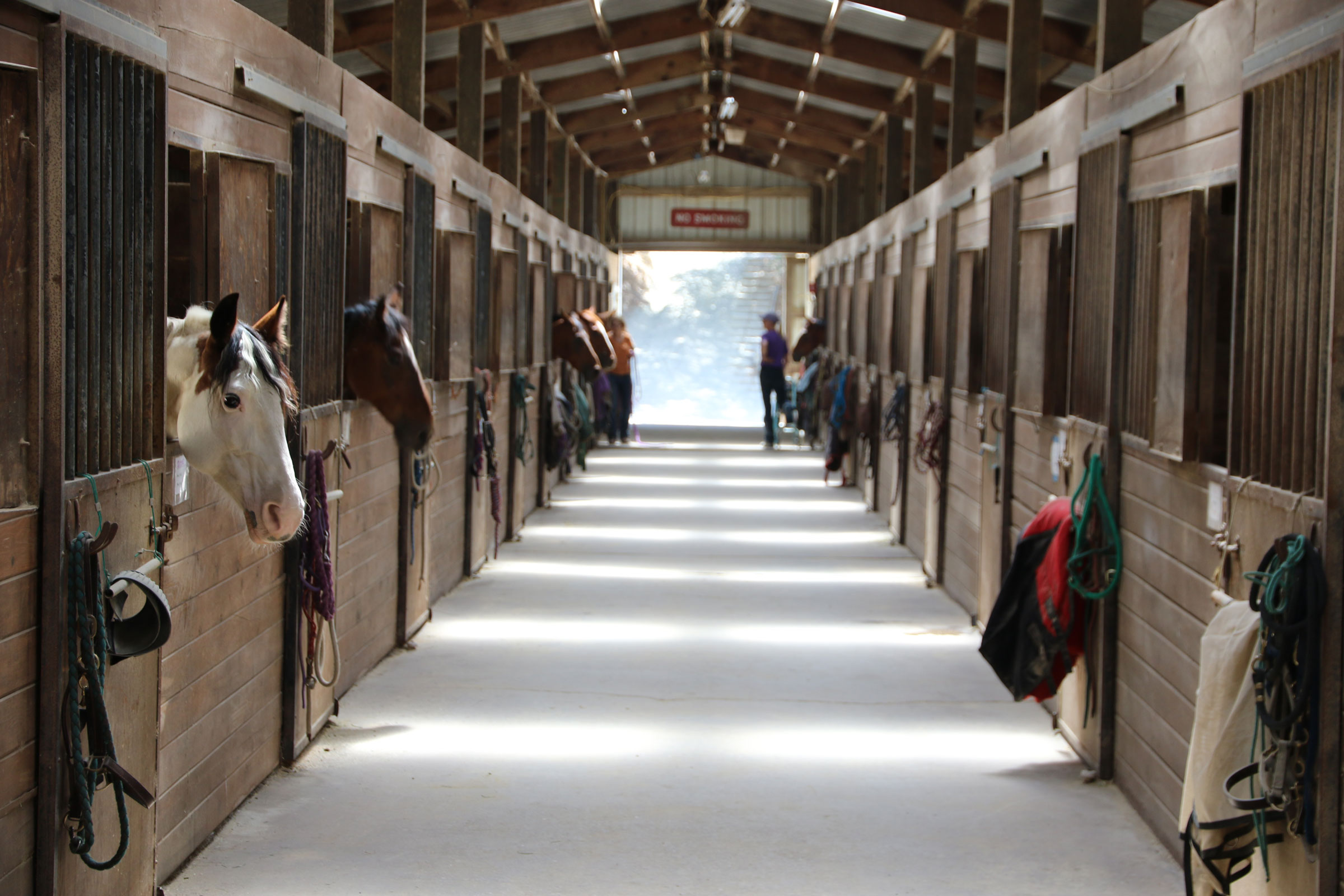
What strategy will you use to determine how much an employee is paid and whether that individual has earned a raise? Here are some tips for properly compensating your farm and stable employees.
What to Pay
The amount of wage or salary you offer is what entices an employee to come to you for a job and to stick with you. To begin to assess what you need to pay an employee, write up a complete job description of their duties, responsibilities and role in the business. Research what is being paid to others in the industry and in your geographic location. For simple jobs, you might find some wage information on Craigslist for your area.
The US Bureau of Labor Statistics also provides general information. (For example, animal care and service worker information can be found at https://www.bls.gov/ooh/personal-care-and-service/animal-care-and-service-workers.htm.)
Besides providing compensation in keeping with the industry standard, if you really value someone, then you can offer other benefits such as vacation time, sick leave, health insurance, or a retirement plan to keep the employee happy and in his or her position.
Keep in mind that hiring a person costs far more than just the wage or salary. Depending on the position, you might also need to pay unemployment tax, worker’s compensation, social security, Medicare and payroll taxes. That is on top of potential training costs, tools and equipment. Hiring someone as an independent contractor might cost more in basic wages, but that might help to avoid the tax burden. Just make sure you are paying someone under the proper guidelines of the tax law.
The Raise
While you are aware of excellent performance from an employee and wish to reward them for their efforts, the ability to increase his or her wage or salary is dependent on more than just how the employee is performing. You have to factor in how your company is performing, how the industry as a whole is performing, and how the overall USA economy is performing.
Until 2008, pay raises ran around 4%, but after the Great Recession, pay raises now hover a little less than 3%, which is not entirely in step with inflation and the annual increase in cost of living.
In some cases, rather than an employee receiving an annual raise, the promise of an end-of-year bonus based on performance provides motivation for that person to go above and beyond in his or her daily responsibilities. In contrast, providing performance reviews more regularly that are based on specific assigned tasks, then offering a bonus for a job well done, is likely to be more motivating. This can be a more meaningful gesture than offering a nominal pay raise or end-of-year bonus as it speaks to a job well done at the immediate time. (Editor’s note: We will discuss performance reviews in an upcoming article.)
An employee could be rewarded with extra time off, free or discounted riding lessons, discounted lease on a horse, use of facilities, or other benefits that are “rewarding” to the person and not onerous on you. Make sure you discuss these additional benefits with your CPA because some of them will be taxable.


